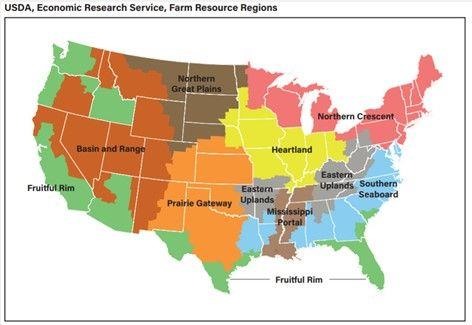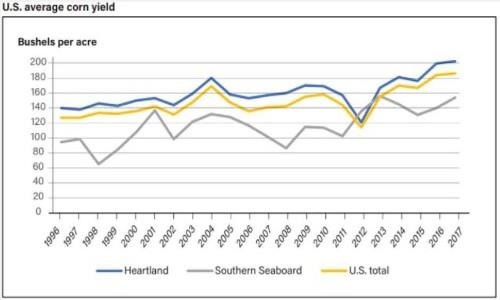By Chris Zoller
In the July 2021 report Trends in Production Practices and Costs of the U.S. Corn Sector, United States Department of Agriculture Economic Research Service (USDA-ERS) researchers examined acreage, production, technology changes, input costs, farm structure, and productivity changes. The study used information from USDA Economic Research Service and USDA National Agricultural Statistics Service Agricultural Resource Management Survey for the years 1996, 2001, 2005, 2010, and 2016. Data from the U.S. Census of Agriculture for the years 2002, 2007, 2012, and 2017 was also used for this survey.
Because of space limitations, not all data from the 35-page report will be shared here. The complete report is available here: https://www.ers.usda.gov/webdocs/publications/101722/err-294.pdf?v=4291.5. Highlights of the study are presented below. Future articles will describe sections of the report in more detail.
Study Highlights
- More than 88 million acres of corn were planted in 2018, representing an 11 percent increase over the 79 million planted in 1996.
- USDA-ERS has 11 Farm Resource Regions across the U.S. (see figure below). Total net returns across all regions varied during the analysis period, with 2010 being the highest net return year and 2005 the lowest.

USDA, Economic Research Service, Farm Resource Regions

- Genetically engineered seed became available in 1996 and corn producers have steadily increased the use of insect resistant and herbicide tolerant varieties.
- In 2001, yield monitors were used by 19% of growers and yield maps were used by six percent of growers. In 2016, the numbers increased to 52% using yield monitors and 31% using yield maps.
- Irrigated corn acres declined across the U.S. during the study period.
- The Heartland Region had the highest yield of all regions and increased production per acre from 138 in 1996 to 197 in 2016. The Southern Seaboard Region had the lowest yield (113 bushels per acre) across all years.
- As the number of acres increased, cost per bushel decreased. Economies of size appeared to level out between 750 and 1,500 acres. Because 58 percent of the corn acreage is on farms less than 750 acres, there may be opportunities for growers to capitalize on economies of size.
- In 2016, the most productive growers achieved yields of 202 bushels per acre. This was more than 50 percent higher than yields of low-productivity growers.
Source : osu.edu